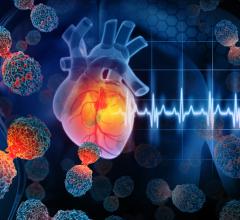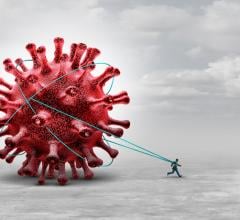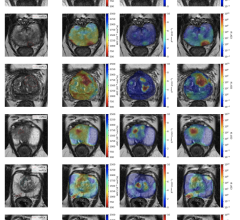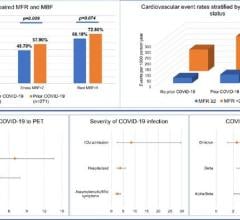
A substantial proportion of patients with COVID and shock had low CI despite preserved EF, suggesting underfilling of the LV, but this proportion was smaller in W2. This difference could not be explained by changes in PEEP between cohorts. This suggests that fluid management strategies may have been more aggressive in W2. Image courtesy of JACC
May 16, 2022 — A new report by a team of cardiologists from the Heart & Vascular Hospital, Hackensack Meridian Hackensack University Medical Center that compares the hemodynamics of cardiac shock in patients with COVID-19 during the first versus the second wave of the COVID-19 pandemic was published recently in JACC: Journal of the American College of Cardiology.1 The authors reported that during the first wave of the pandemic a substantial proportion of patients with COVID-19 -- 43 percent -- had shock and a low cardiac output but with a preserved ejection fraction suggesting underfilling of the left ventricle. The proportion of these patients was smaller in the second phase of the pandemic – 29 percent.
“While a substantial proportion of patients with COVID-19 and shock had low cardiac index despite preserved ejection fraction in both waves of the pandemic, this proportion was smaller in the second wave,” said Joseph E. Parrillo, M.D., senior author of the report, chief of cardiology, Hackensack University Medical Center and professor and chair, Department of Cardiology, Hackensack Meridian School of Medicine. “This difference could not be explained by positive end expiratory pressure between the groups, but rather suggests that fluid management strategies may have been more aggressive during wave two of the pandemic.”
The Hackensack Meridian cardiologists characterized the hemodynamic profiles of patients with COVID-19 and shock, using echocardiography in the first wave of the pandemic; March 2020 to August 2020. The report compares the distribution of patients using these hemodynamic profiles determined echocardiographically to the second wave of the pandemic; September 2020 to March 2021. Hemodynamics refers to measures of cardiovascular function, such as arterial blood pressure or cardiac output.
Study Methods
In 327 patients with COVID-19 and cardiac shock requiring vasopressors (medicines that tighten blood vessels and raise blood pressure), who had an echocardiogram, ejection fraction and stroke volume were measured.
Study Results
There were 155 patients in wave one and 172 in wave two. Mean age: 66.9±12.6 vs 63.9±12.9, EF 59.9±12.8 vs 56.4±9.3; CI 2.4±0.9 vs 2.7±0.9, all p=NS. Hospital mortality was 77 percent and 83 percent in wave one and wave two respectively (p=0.07). A smaller proportion of patients in wave two with a preserved EF had a low CI (45/153, 29%) than in wave one (55/128, 43%) (p=0.03). Mean PEEP did not differ in the preserved EF low CI group between W1 and W2 (11.3 vs 11.6 cmH2O, p=0.8). This result suggests that fluid therapy may have been more aggressive in wave 2 than wave 1 resulting in higher cardiac output.
For more information: https://www.hackensackmeridianhealth.org/services/cardiovascular/
Reference:
1COMPARISON OF THE HEMODYNAMICS OF SHOCK IN THE FIRST VERSUS THE SECOND WAVE OF THE COVID PANDEMIC
Matthew J. Fata, Brent Klinkhammer, Tirth Talati, Osman K. Yousafzai, Taya V. Glotzer, Sameer M. Jamal, David B. Landers, Joseph E. Parrillo, Lucy M. Safi, Jana Tancredi, Zoltan G. Turi, Steven M. Hollenberg, Hackensack University Medical Center, Hackensack, NJ J Am Coll Cardiol.2022 Mar,79 (9_Supplement) 2098

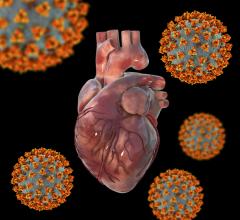
 March 20, 2024
March 20, 2024 



